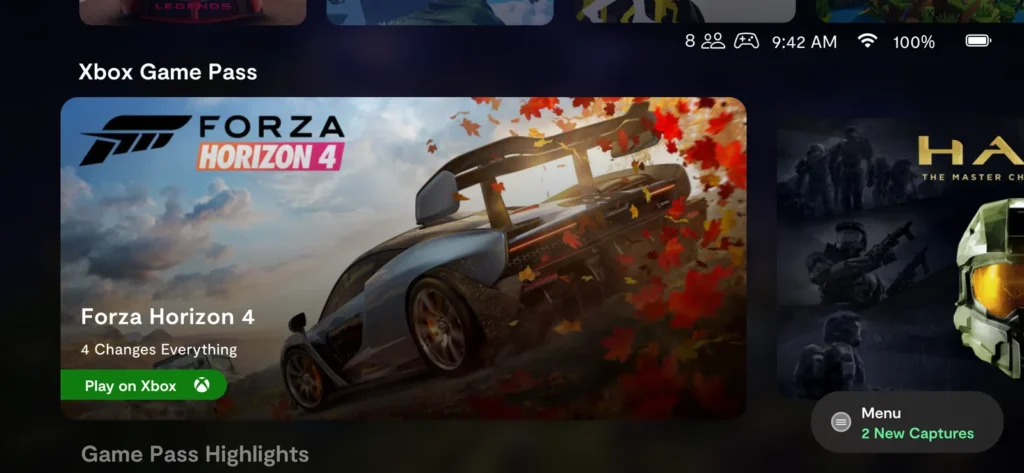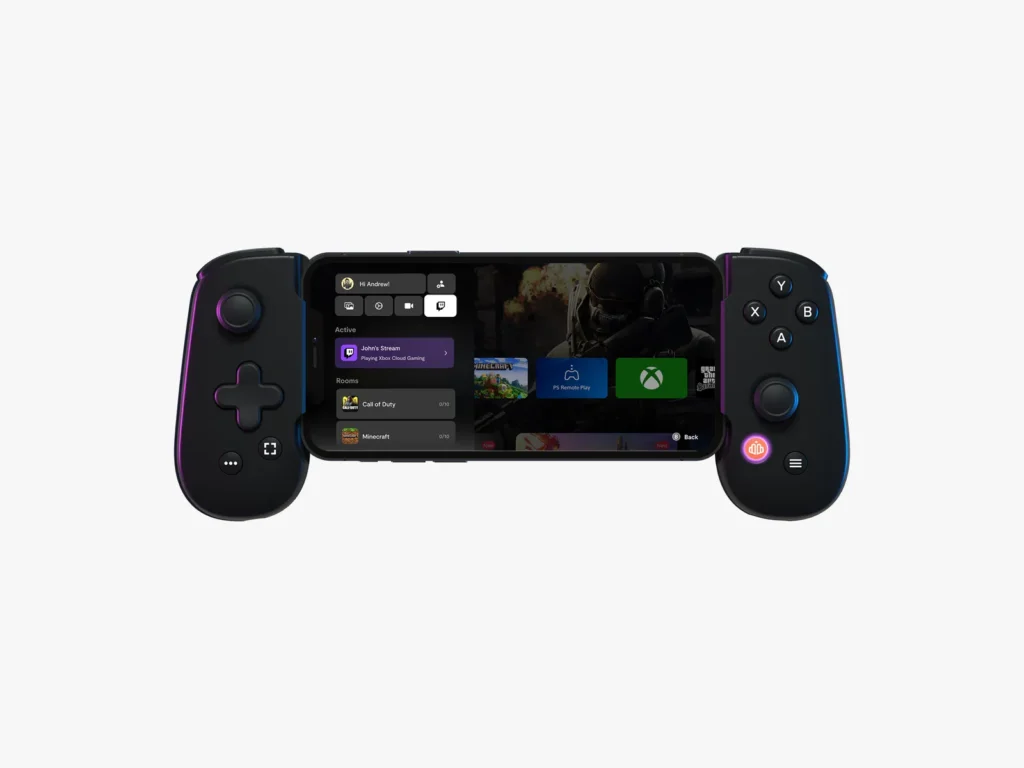For years, mobile gaming has been viewed as an inferior form of gaming compared to console and PC gaming. However, this perception has been challenged in recent years, as the mobile gaming industry continues to grow and evolve. In 2023, mobile gaming generated over $90 billion, accounting for half of the global games market. The range of mobile games available is vast, from simple, casual games to high-quality, AAA titles. With the increasing power of mobile devices, developers are able to create more sophisticated games that can rival console and PC games in terms of graphics and gameplay.
Despite the growth of mobile gaming, there is still a common perception that it is a secondary form of gaming, with console and PC gaming being the primary options for serious gamers. However, this perception is changing, as more and more people are using their smartphones as their primary gaming device. Maneet Khaira, the CEO and founder of Backbone, a popular mobile gaming controller, believes that mobile gaming is set to soar even further. The growth of mobile gaming is not just due to the availability of better native games; remote play and cloud gaming are also driving the industry forward.
Remote play allows gamers to play console games on their mobile devices, while cloud gaming enables them to play high-quality games on their mobile devices without the need for a powerful console or PC. As these technologies become more widespread, the line between mobile and “regular” gaming is becoming increasingly blurred. With the increasing popularity of mobile gaming, it is clear that it is no longer a secondary form of gaming, but rather a standalone industry, with its own unique strengths and capabilities.

Whether silicon continues to outpace the networking technology required to make streaming viable is tough to predict. The expansion of 5G and Wi-Fi 7 could pave the way for a rapid rise in cloud gaming, and that promise extends beyond your phone to smart TVs, tablets, and other screens. With the right subscription, software, and controller, you may never need a console under the TV in the future.
Does Mobile Gaming Need a Backbone?
For all the abundant choices with mobile gaming today, the scene is a fractured mess. Whether you buy individual games in Google’s Play Store, sign up for a subscription service like Apple Arcade or Xbox Game Pass, or hook into your game library on another device through Steam Link, you need multiple apps.
“We want to unify all these different gaming ecosystems and experiences in just one place,” Khaira says. Makers of the Backbone One, our favorite iPhone controller, the company has since launched a USB-C version that works with Android phones (and the latest iPhones), and 2nd Gen Lightning controllers. It also recently released a limited edition Death Stranding controller in partnership with Hideo Kojima, which included the game on iOS. It sold out in days.
It’s not just hardware that has Khaira excited, it’s the Backbone app and subscription. Designed to unite all your mobile gaming options into a single, accessible portal, he believes Backbone can do for mobile gaming what Roku did for TV streaming. In a nutshell, Backbone puts all your different games and services in one place, making it quick to hop into your latest favorite game and pick up where you left off.

Additional benefits of being a Backbone+ subscriber include access to game capture, recording, and editing tools, which are useful for those who like to share gaming content on social media. There are also promotions, such as free months of Apple Arcade or Google Play Pass, in-game content for titles like Diablo Immortal, and a 30 percent discount on new Backbone products and accessories.
However, this added convenience comes with a price tag. Subscribing to yet another service may not be appealing for everyone in today’s subscription-heavy world. While the one-stop-shop interface for all your games is included in the free app, paying $50 per year for Backbone+ may not be worth it for those who don’t care about the other features or promotions.
The expectation that mobile games should be free still persists, making it difficult to sell alternative models to in-app purchases and advertising, such as Apple Arcade and Google Play Pass. There are even rumors that Apple Arcade’s future is in doubt, which is unfortunate because, in my experience as a subscriber to both services, they are an excellent way to discover new games worth playing. The lack of discoverability remains a significant issue for mobile games.
Khaira founded Backbone to facilitate gaming sessions with his friends. With the console wars intensifying and non-gaming companies trying to enter the market, it’s challenging to predict what will happen next. However, the shift towards a subscription-based model and platform agnosticism in mobile gaming appears increasingly inevitable.
When Phil Spencer, the head of Xbox, recently addressed the issue of console exclusivity, he stated that “it’s not about games in service of a device, but rather the devices people want to play on should be in service of making the games as big and popular as they possibly could be.”
Whether you prefer gaming on your Xbox, PlayStation, gaming PC, or smartphone, it appears that the choice is expanding. The new Call of Duty: Warzone Mobile game allows up to 120 players to connect across console, PC, and mobile platforms. Backbone is offering perks and in-game items for subscribers, as well as releasing a Prestige Edition controller to commemorate the launch.
In addition to crossplay, which allows people to play games together on different devices, we are seeing more cross-progression, which means that you can carry your gaming progress from one platform to another. Making games readily available on any device increases accessibility and allows us all to play more. This is undoubtedly a positive development.

